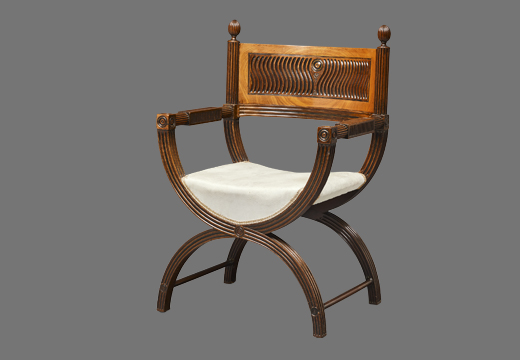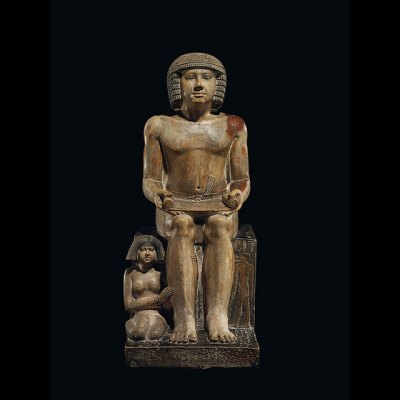New highlights every day from TEFAF Maastricht
Armchair
(c. 1802), Thomas Hope
Neoclassical architecture and design remained an enduring influence on the British architect James Stirling (1926–92). Blairman’s stand presents part of Stirling’s pioneering collection of Regency furniture and decorative arts with works designed by Thomas Hope, George Bullock and Benjamin Vulliamy, the latter represented by a unique pair of Piranesi-inspired gilt-bronze and black marble candelabra.
Hope, the eccentric and widely travelled scion of a wealthy Dutch banking family that fled to London in 1794, used his considerable wealth and taste to promote a new spirit of classical purity in furniture and interior decoration in Britain, not least by designing his own Egyptian-, Greek- or Roman-style furniture and publishing his hugely influential Household Furniture and Interior Decoration (1807). This finely detailed armchair – selected for the Hope show at the Bard Graduate Center, New York, and the Victoria and Albert Museum, London, in 2008 – is of the type illustrated in the Aurora Room at his extraordinary Robert Adam-designed house in Duchess Street and appears to be the best of the surviving examples. As Stirling was fond of pointing out, monumentality was a matter of presence, not size.
Selected by Susan Moore.



